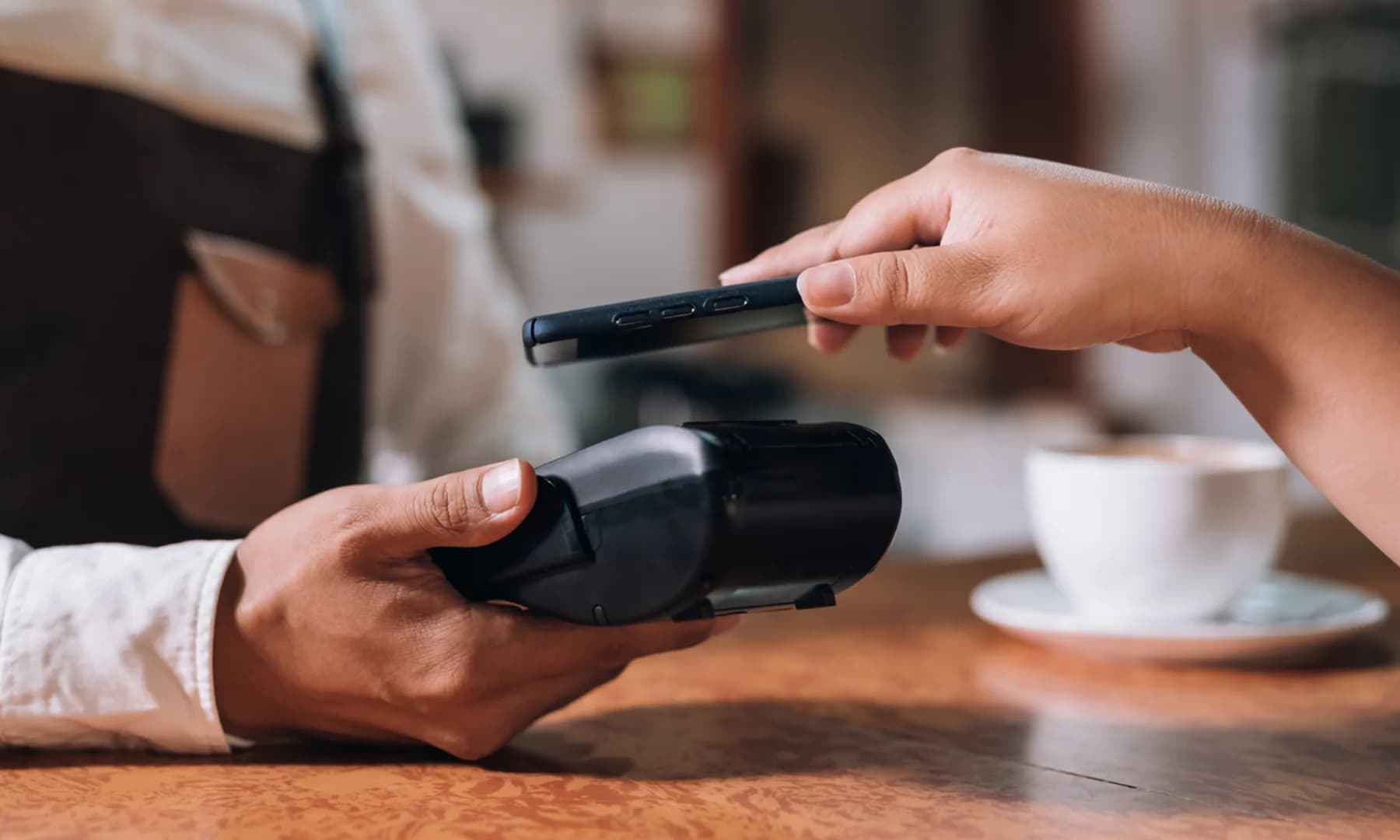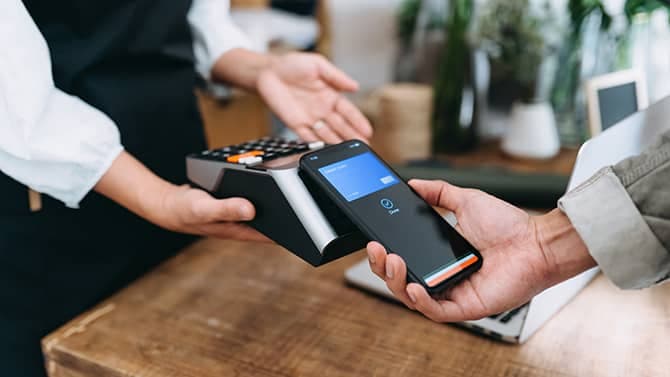En el mundo, el pago móvil es tan común entre los usuarios que el efectivo prácticamente dejó de circular. La facilidad de tener la billetera en el celular ha impulsado la creación de e-wallets con características y funcionalidades distintas pero con un mismo objetivo: mejor administración, seguridad y, sobre todo, independencia del dinero físico.
Gracias a la irrupción de las fintechs, los pagos digitales dejaron de ser un negocio cautivo de los bancos. Con el juego abierto para más actores, el fenómeno de las pagos descentralizados y las billeteras virtuales despegó con fuerza y, según los datos proporcionados por especialistas del sector, parece no tener techo.
Veamos algunos datos:
- El tamaño del mercado de las e-wallets es de 943 millones de dólares en EE.UU y se espera que crezca hasta un 26,7% en 2030.
- En América Latina, más del 75% de las personas no usa o ha dejado de usar efectivo durante marzo de este año.
- En Argentina, la tasa de pagos digitales se disparó en el 2022 y las billeteras digitales se convirtieron en el segundo método más utilizado por los usuarios, lo que indica que los medios de pago en línea tendrán un crecimiento del 32,4% para el 2025.
Las perspectivas de expansión del negocio están a la vista y el panorama es vertiginoso y muy alentador. A medida que se incrementa el uso de los pagos digitales, aumenta la trazabilidad de las operaciones comerciales lo que se traduce en una mayor inclusión financiera.
Actualmente las e-wallets que compiten en el mercado ofrecen una enorme abanico de servicios que van desde los pagos o transferencias de dinero, hasta opciones más específicas como la contratación de un seguro, pedidos de préstamos o inversiones en fondos comunes o criptomonedas.
Sin duda, la democratización del servicio aumenta la accesibilidad de un público que históricamente estuvo fuera del sistema, reduce la burocracia y minimiza costos, pero ahora el desafío de las billeteras digitales es conquistar a quienes nunca pensaron su vida financiera fuera de una entidad física, aunque no será tan difícil sumarlos al ecosistema ya que todos coincidimos que la vida es más divertida sin hacer filas y resolver las cuestiones financieras desde un solo lugar y con un touch no solo es útil, hoy es necesario,cómodo y seguro.



